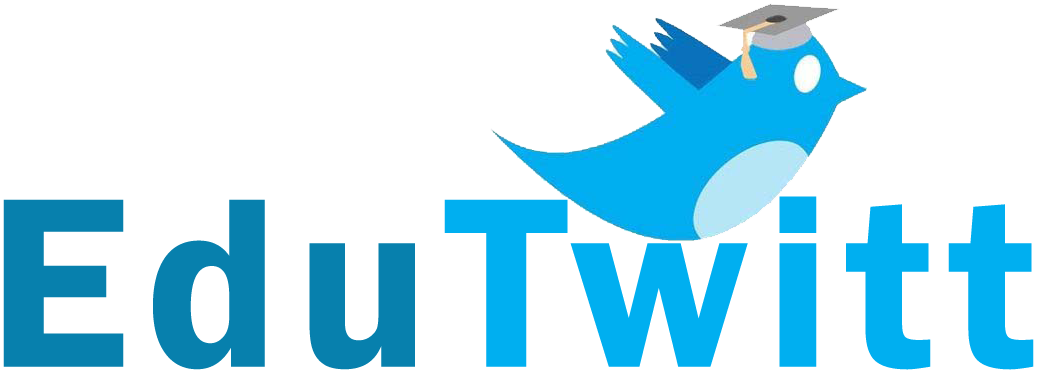
The modern schooling system was introduced in India in the 1830s by Lord Thomas Babington Macaulay which included the English language which brought a revolution in Indian education.
The teaching was restricted to the classrooms, where the link with nature was lost and the student-teacher relationship was bonded within the school premises. The First board was set up in the year 1921 the Uttar Pradesh Board of High school and Intermediate education. The Uttar Pradesh board is Asia’s largest board with the maximum number of students.
The UP board 12th results for the year 2020 are soon to be declared in the month of April. The higher secondary school education plays on the major role in a student’s life which defines their career choices, the students who want to pursue their career in Engineering, Medical opt for Science with the subjects such as PCMB/PCMS (Physics, Chemistry, Maths, Biology/ Statistics). The students interested in Accounts and Finances choose Commerce and students interested in Arts and Literature go for the Arts and literature. Even after being the largest board the literacy rate in UP is very less with 62% and Kerala stands in the first place with the highest literacy rate of 94%.
With UP being the most populated state in India with the highest number of students it is the responsibility of the government to improve the quality of education and attract more students towards it in order to improve the literacy rate and bring schemes to help the financial backward and poor to in order to continue the higher studies. The UP board 12th results will also decide the fate of the UP Board High school students which college they can pursue, which field they can choose based on the results.
It also necessary and one the basic step which the government needs to take in order to help the students with good grades and merit students to provide the scope to continue their studies without the hassle as the education post the high school, eg Graduation, Post Graduation, Ph.D.’s help the country boost the employment, innovation and help create new ideas which eventually help the growth of country’s economy.
Education has always played a major role in India. In ancient India, we had gurukuls for the students in order to learn mathematics, science, and various skills that could be utilized in the day to day life, the student used to stay at the gurukul along with gurus in order to learn the skills and the techniques to utilize them in real life and the student-teacher shared a very close bond. India has produced one of the great mathematicians such as Aryabhatta who invented “0”, economists such as Chanakya who wrote the Arthashashtra one of the most prominent books written on war tactic and treaties, and Atreya who wrote Charka Samitha which brought a revolution in the field of Ayurveda and which used till date.
The Education system should also adopt new techniques such as smart class, e-books. The successful economy can be achieved not only by making the education cost lesser both also providing quality of education with well trained and educated professionals who can guide the students in the right direction in order to fulfill their dreams based on their skills and area of interest, as one the major factor that defines success is the amount of interest a person takes in order of achieving their goals.
Conclusion:
The Indian education system is currently facing several challenges and education is a process that helps a man grow in a growing society to create an identity and make changes in the society that will help the growth of the country. Education is the most need it is not only about a single person’s growth, development of skills and knowledge it is directly proportional to the growth and development of the Indian Economy. The education system needs to focus on the student’s skills in order to make them innovative learners bring out scholars, researchers and trainers to make an impact on the world economy. The government needs to focus on the quality of education, improve the quality of institutions, technology advancement and adopt new innovative technologies.
